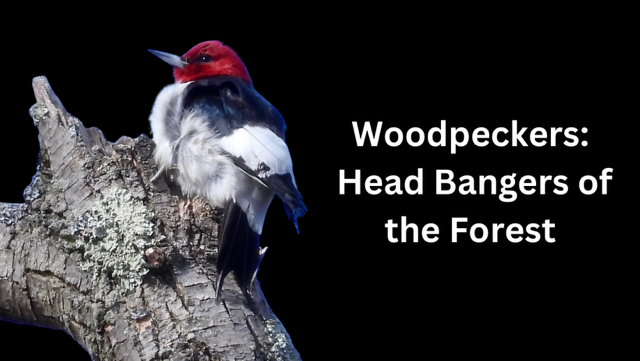Upcoming Virtual and In-store Programs
Woodpeckers: Head Bangers of the Forest
Stella Miller, WBU - Syosset
Virtual Program
December 11th at 7pm
New York’s forests and woodlands provide ideal habitat for a fascinating variety of woodpeckers—some are year-round residents, others visit us during the winter, and one rare newcomer may be becoming more common. What makes these birds so unique? They literally slam their heads into trees—and thrive doing it. Beyond their impressive drumming skills, woodpeckers are keystone species, playing a critical role in maintaining healthy forest ecosystems. This program takes a deep dive into the high-impact lives of woodpeckers in lower New York State. Meet the local species, discover how they survive their head-banging lifestyle without missing a beat, and learn why these forest percussionists are essential members of our natural community.
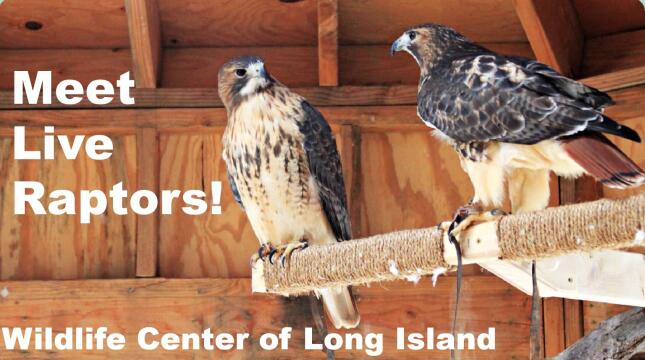
In Store Open House Event!
Live Wildlife!!
Saturday December 13th - 10am-2pm
Special Guests: Wildlife Center of Long Island
Stop by anytime between 10-2 and join us and The Wildlife Center of Long Island, formerly Volunteers for Wildlife, to meet some of the wildlife living on Long Island right in our backyards. Learn about their unique adaptations and explore their role in our local ecosystem.
Since it is the season of giving, we are asking that attendees bring with them a gift for the injured patients and resident animals that serve as ambassadors for the organization. Please choose an item from the “wish list” on their website. https://wildlifecenterli.org/ways-to-give/ Thank you!
No Registration required. Just Stop By!
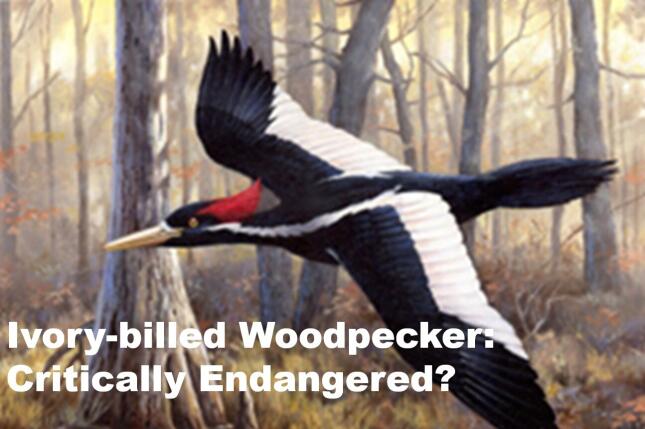
IN STORE PROGRAM
Ivory-Billed Woodpecker: Critically Endangered?
Peter Janow, Long Island Nature Corps
Wednesday, December 17th at 2:00pm
Once the largest and most awe-inspiring woodpecker in North America, the Ivory-billed Woodpecker has become a symbol of both ecological loss and enduring hope. Officially listed as Critically Endangered and widely considered extinct, this elusive bird continues to spark fascination through unconfirmed sightings in the swamps of Arkansas and Louisiana. Its story is a poignant reminder of the consequences of habitat destruction—and the resilience of nature when given a chance.
Join us as Peter Janow, Founder and Executive Director of Long Island Nature Corps, discusses the ongoing searches and the need to protect the vast old-growth forests this species once called home. Whether the Ivory-bill still exists or not, its legacy challenges us to rethink our role in conservation and to preserve the wild spaces that sustain life.
Please register by calling 516-226-1780 or email [email protected]
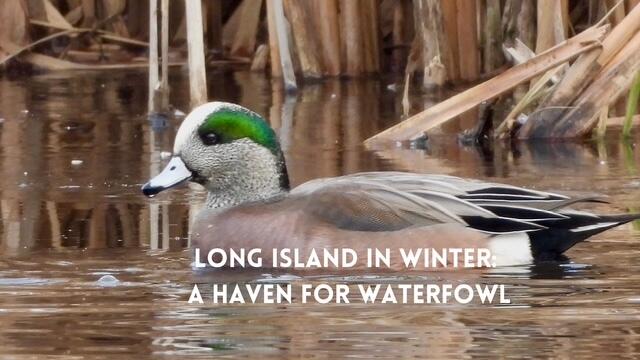
Long Island's Wintering Waterfowl
Stella Miller, WBU - Syosset
Virtual Program
January 15th at 7pm
Winter is one of the best times to see ducks on Long Island. Our bays, ponds, and coastlines host a wide variety of species — from striking goldeneye and bufflehead to colorful mergansers and scoters. This program offers an introduction to the ducks that spend the winter here and tips for identifying them in the field. Whether you’re new to birding or just want to sharpen your ID skills, you’ll come away ready to recognize the feathered visitors that brighten Long Island’s coldest months.
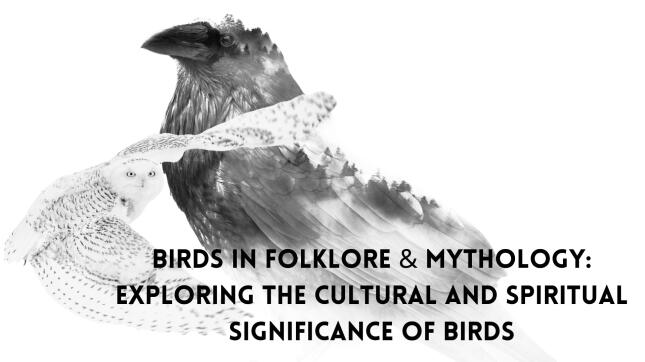
Birds in Folklore and Mythology: Exploring the Cultural and Spiritual Significance of Birds
Stella Miller, WBU - Syosset
Virtual Program
February 19th, 2026 at 7pm
Throughout history, birds have captured the human imagination. They appear in myths, legends, and spiritual traditions around the world — as symbols of wisdom, messengers between realms, harbingers of change, and even omens of mystery. From ancient folklore to modern storytelling, birds embody some of our most enduring cultural and spiritual ideas.
Join us for a journey through folklore and mythology to discover the many ways people have understood and celebrated birds. We’ll explore their symbolic roles across cultures and uncover how these timeless stories continue to shape our connection to the natural world today.
UPCOMING:
Cavity Nesting Birds in New York (Date TBD)
Birding 101: Holistic Birding For Beginners (Dates TBD)


